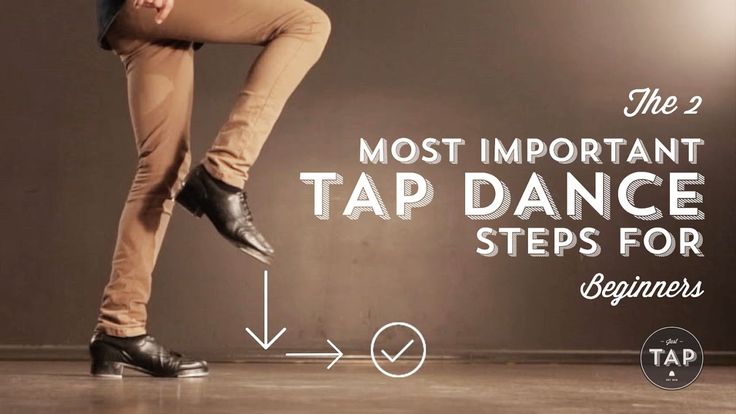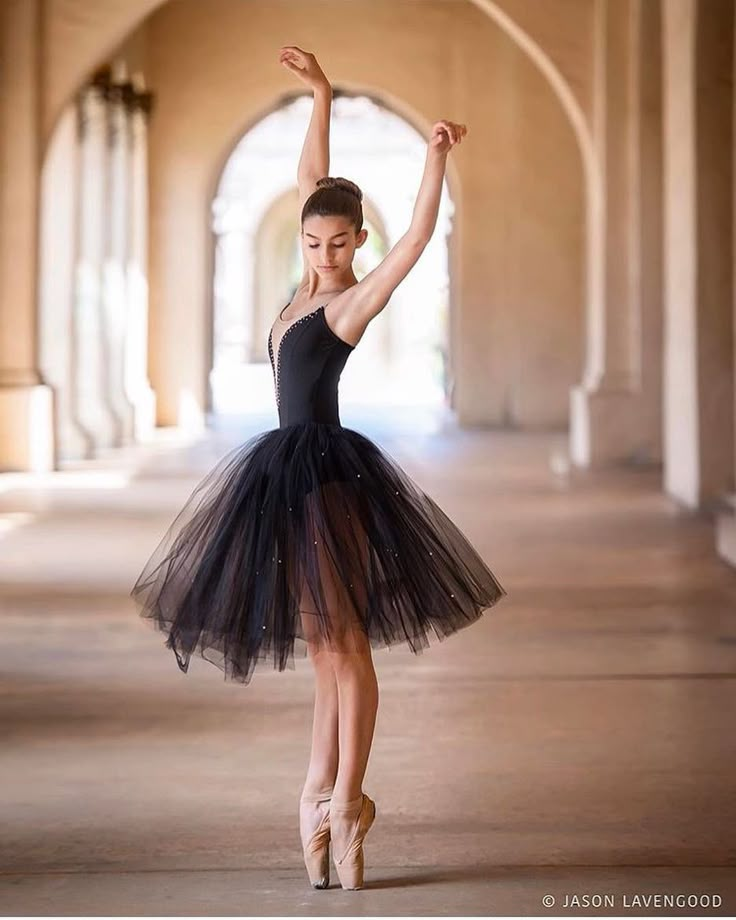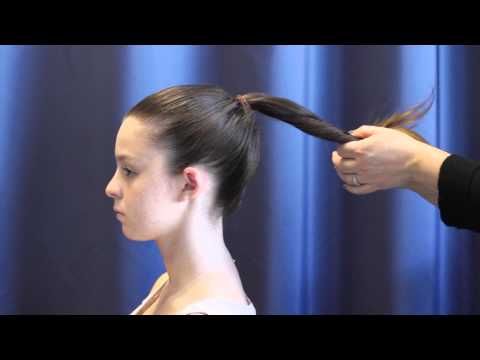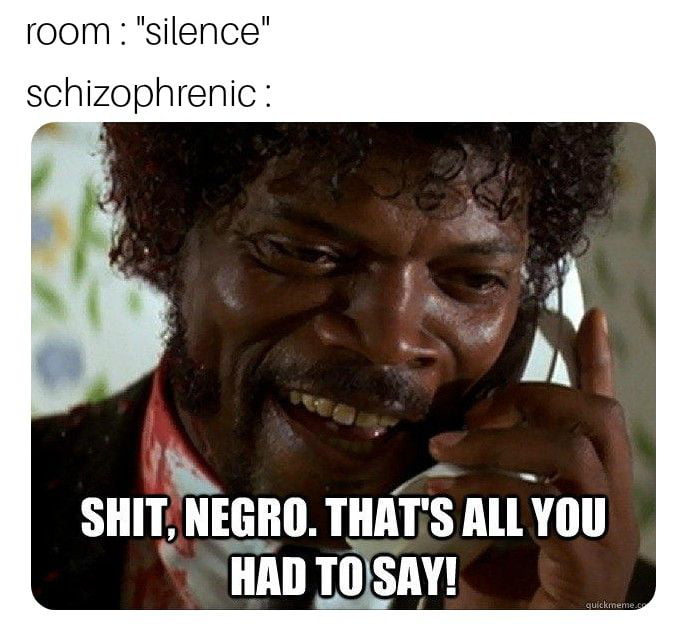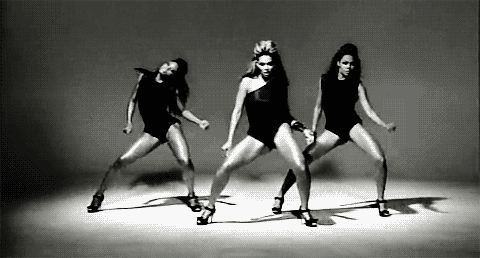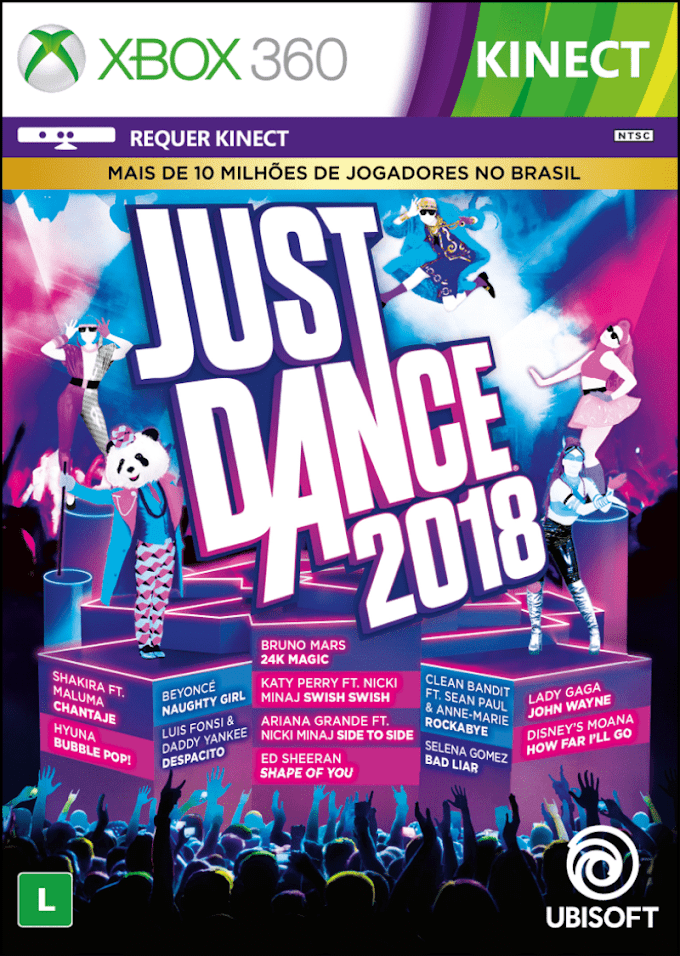How to slide step dance
Electric Slide Dance Steps - For Beginners (Line Dance Video) -
The Electric slide dance is one of the most popular line dances – used at weddings, parties and other social dance events.
Below you will learn how to dance the Electric slide with our step by step video.
* Song: Electric Boogie By Marcia Griffiths
The Electric Slide Dance Steps – Breakdown
* Start with right leg
Part 1 – Travel to the right
Side with right foot (Switch weight)
Close left foot to right foot (Switch weight)
Side with right foot (Switch weight)
Tap left foot to right foot (Partial weight)
Part 2 – Travel to the left
Side with left foot (Switch weight)
Close right foot to left foot (Switch weight)
Side with left foot (Switch weight)
Tap right foot to left foot (Partial weight)
Part 3 – Travel back
Back with right foot (Switch weight)
Close left foot back to right foot (Switch weight)
Back with right foot (Switch weight)
Tap left foot to right foot (Partial weight)
Part 4 – Switch weight in place
Forward with the left foot (Switch weight)
Tap right foot to left foot (Partial weight)
Back with the right foot (Switch weight)
Tap left foot to right foot (Partial weight)
Part 5 – Turning 1/4 to left
Forward with left foot (Switch weight)
Kick the heel of right foot without weight and turn 1/4 to left (turn on left foot)
*Start from beginning in the new direction.
Variation #1 (As shown in video)
Keep the same pattern as above but on the step fwd and back (during part 4), lower down on the left leg, and swing your arm to touch the floor (Or go as low as you can).
Variation #2 (As shown in video)
Keep the same structure of the Electric slide, but now add a three step turn to the left, instead of just stepping (during part 2) and a three step turn to the right/backwards (during part 3). This version is more complex and easier to learn with the video above.
The Electric Slide Dance Music
Original Song – “Electric Boogie” By Marcia Griffiths
Other Alternative songs – Source:
1. “A Little Less Talk & A Lot More Action,” Toby Keith
2. “A Mover La Colita,” Sonora Dinamita
3. “A Night to Remember,” Shalamar
4. “Addicted to Love,” Robert Palmer
5. “All Night Long,” Lionel Ritchie
6.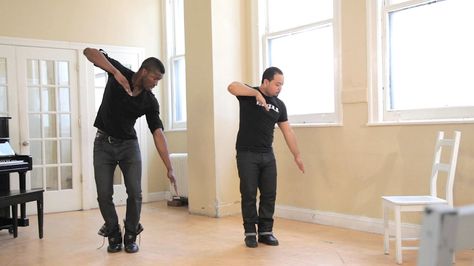 “All She Wants to Do Is Dance,” Don Henley
“All She Wants to Do Is Dance,” Don Henley
7. “And the Beat Goes On,” The Whispers
8. “Another One Bites the Dust,” Queen
9. “Anything, Anything,” Dramarama
10. “Arrepegaito,” Raza Obrera
Want More?
– Learn how to dance at a wedding with our step by step videos
– Get a list of 25 wedding dance songs
– Best Social dances to learn
– Basic dance steps for couples
7 TikTok Dance Moves You Can Learn At Home
TikTok is filled with short, fun dance routines that you can watch for endless hours (trust me, I've done it), share with friends, and learn at home with STEEZY.
But, let's face it.
If you don't have a dance background, the short, hard to follow tutorials on TikTok can be a frustrating roadblock to joining in on the fun.
Here are simple, easy ways you can learn the 7 most popular moves on TikTok.
1. The CitiRokk
The CitiRokk is that one SUPER POPULAR TikTok dance move where you rock your body from side to side and cross your arms in front of your chest.
Watch this video with the move’s creator, CitiBoyRio, to see how the move took over TikTok!
*BONUS*
While the CitiRokk was popularized on TikTok by the Renegade dance routine, CitiBoyRio just dropped a new routine of his own!
Learn the CitiRokk Shuffle routine just in time before it goes viral. 😎
Hit this link to learn both the CitiRokk and the CitiRokk shuffle step-by-step on STEEZY Studio.
2. The Woah
Just WATCHING people hit the Woah gets me excited.
It's simple, hype, and easy to apply to any song with a dope bass beat.
If you've been lurking on TikTok for any time at all, you've probably already seen it yourself and understand how it's supposed to look.
How you create the reverb motion, where to position your arms, and when to move your body to hit the beat on time is all you need to learn.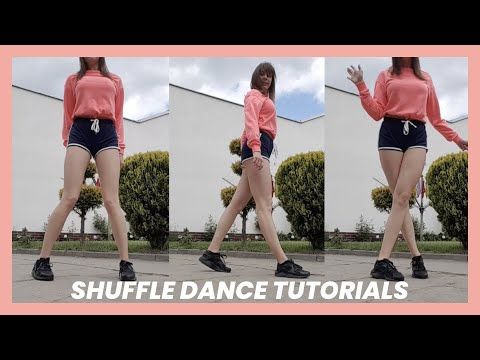 👇
👇
3. The Swagg Bouncee
Do your hips naturally sway from side to side when a good song comes on?
Think of the Swagg Bouncee as your natural hip-sway's cooler, trendier sibling.
Lil Rich Swagg, who created the Swagg Bouncee, says to “Stay on your tippy toes to get a full range of motion,” in his STEEZY Studio class.
By committing to the move and making it bigger, you'll look more confident!
4. The Kangsta Wok
In the video below, this TikTok dance move's creator, Zaya Sosho, explains how he based the Kangsta Wok on a "dip" move he saw during a cypher.
When you do the Kangsta Wok, make sure not to over- or under-exert your energy.
Attack each level drop with a little intensity to make the move look extra hype, but don't go so hard that your body tenses up!
You want to make it look effortlessly cool.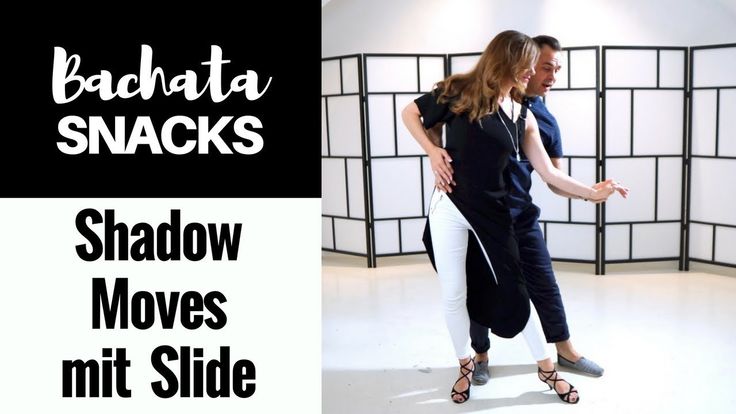 😎
😎
Still not totally sure how to make that happen?
Don't worry... Zaya Sosho will teach you in the tutorial below!
Use this guide to help to you practice too!
5. The Smeeze
This move first entered the dance scene in 2009, but at the time, it was mainly used during battles and parties.
When TikTok arrived in 2018, the move's creator, Chonkie, knew this was the perfect platform to bring the Smeeze to the next level.
With hashtags like #SMEEZEEVERYWHERE, and dance crews like the Jabbawockeez picking it up, the Smeeze quickly became a TikTok favorite.
You can learn more about it from Chonkie himself in this video!
While millions of people are, in fact, Smeezin' everywhere, the move can be a little tricky due to the alternating movements of the arms and legs.
Use this step-by-step tutorial to get the timing jussssst right!
6. The Bust Down
As far as TikTok dance moves go, the Bust Down is definitely on the sexier end of the spectrum.
Characterized by a scoop/thrust motion of the hips, the move is great for raunchy club jams like "Thotiana" by Blueface – the song that popularized the move!
If adding a lil sexy swagger to your movement feels like climbing Mt. Everest, know that practice and repetition will be your best friend!
STEEZY's tutorial breaks the move down simply and efficiently, so you can learn it in just 9 minutes and repeat sections LITERALLY AS MANY TIMES AS YOU WANT.
Trust us, you'll have swag down to a science.👨🔬
7. The Cosby Walk
Yes, when executed the right way, the simple act of marching can become a dope dance move!
Watch our video with Rated R, creator of the Cosby Walk, to see exactly what we mean:
As you're learning this move, make sure you're placing your feet firmly on the floor and evenly distributing your weight!
If your bottom half is weak and wobbly, you'll look more bambi than bad@$$.
Related article: Why Staying Light On Your Feet Is Actually Bad Advice
As much as we love watching the mesmerizing 15-second dance tutorials that already live on TikTok...
It's LIFE-CHANGING to have legit dancers break moves down and make them easy to learn.
Now, you have everything you need to master the hottest dance moves and join fun challenges on TikTok.
Start learning now for free!
How to learn to tap dance
Home Male and female Teaching How to learn to tap dance
Content of the article:
- 1 Fundamentals of the execution of the leaks
- 2 Success Secret
- 3 The main elements in the dance
- 4 Rhythms of leaks
The basis for the execution of the leaks
Chemisting is the main foundation for which the steps are considered to be tucked up by gender. Simply put, it is music played with the feet. Each time the celebrity of this dance only increases. It is compared with the Irish jig, because the tap-dancing rhythm is also of paramount importance there.
Simply put, it is music played with the feet. Each time the celebrity of this dance only increases. It is compared with the Irish jig, because the tap-dancing rhythm is also of paramount importance there.
In order to start tap dancing, you need to buy special comfortable shoes for this. It should be in the form of shoes with metal heels. It is also important that the flooring is solid. This is necessary for a clearer sound of heels.
Tap dance shoes can be purchased at a specialty store or made to order at any shoe repair shop. It is important that the shoes fit well enough on the foot. Very tight shoes will rub the foot, causing discomfort, and also further lead to foot deformity. Too loose shoes can lead to injury.
For such a dance, it is better to choose a place to practice in advance. It is best to dance outdoors on a special platform. It is important that there are no foreign objects nearby. This will improve the quality of classes, because swings and turns require a lot of space.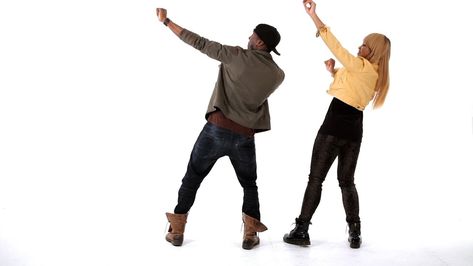 It is advisable to tap dance under the guidance of an experienced master who can teach correctly and point out shortcomings. You can also learn to tap dance on your own. You should not engage in tap dancing in a multi-storey building, because it will cause negativity among the neighbors. It is best to do this in a special sports club. Suitable for any hard surface floor. Linoleum or carpet should be avoided, such coatings interfere with sound.
It is advisable to tap dance under the guidance of an experienced master who can teach correctly and point out shortcomings. You can also learn to tap dance on your own. You should not engage in tap dancing in a multi-storey building, because it will cause negativity among the neighbors. It is best to do this in a special sports club. Suitable for any hard surface floor. Linoleum or carpet should be avoided, such coatings interfere with sound.
After the theory is mastered, you can move on to practice. If the classes will be held at school, then for clarity, a lesson will be shown with step-by-step instructions on how to start tap dancing. Then you need to slowly begin to repeat after the instructor, alternately performing each element of the dance. Performing everything slowly but clearly, you can quickly memorize the main elements of tap dancing.
The secret of success
For a good mastering of the tap dance movements, you need to train every day for half an hour. Additional classes also do not interfere. You can simultaneously master some other dance, for additional physical training.
Additional classes also do not interfere. You can simultaneously master some other dance, for additional physical training.
The basic elements of the dance
All the basic elements of the dance are formed with the heel, toe and swing. Legs can be crossed, legs are swung, the toe can alternate with the heel. U-turns and jumps also look skillfully, with which leg swings are made. Turns are performed with the help of a sock, which is placed on the heel. And all this is done at a fast pace. The main thing here is that the leg stance must be performed correctly and at a certain slope. Movement must be precise.
First you need to learn everything separately, each element. The main thing is the rhythmic step. Then there are 4 main movements. To execute the first brush element, you need to hit with your heel, putting your foot forward, and then put your foot back, hitting with your toe. Ball-change consists of performing a kick with one leg and subsequent kicks with the other leg. And so each leg alternates in turn. Flap is done by hitting the heel and toe of one foot, and then the other foot. Shuffle is an element that is executed when stepping forward. All these movements are worked out to automaticity, and then they are easily combined in a dance.
And so each leg alternates in turn. Flap is done by hitting the heel and toe of one foot, and then the other foot. Shuffle is an element that is executed when stepping forward. All these movements are worked out to automaticity, and then they are easily combined in a dance.
Tap-dancing rhythms
Every time a heel tap on the floor is done, and then a toe tap. And so there is an alternation between them. Learn sanchal at a slow pace and without music. Once the basics have been learned, you can turn on an easy tempo, and then a fast one.
Knowing the main movements, you can begin to combine them into a dance. Otherwise, you can improvise, showing imagination. After all, such a dance is, first of all, an art. Their elements are added to the basic methods, and a new dance is obtained. Now you can create your own individual dances, with the basics of tap dancing.
So, to learn how to tap dance you need:
• Enroll in a dance school.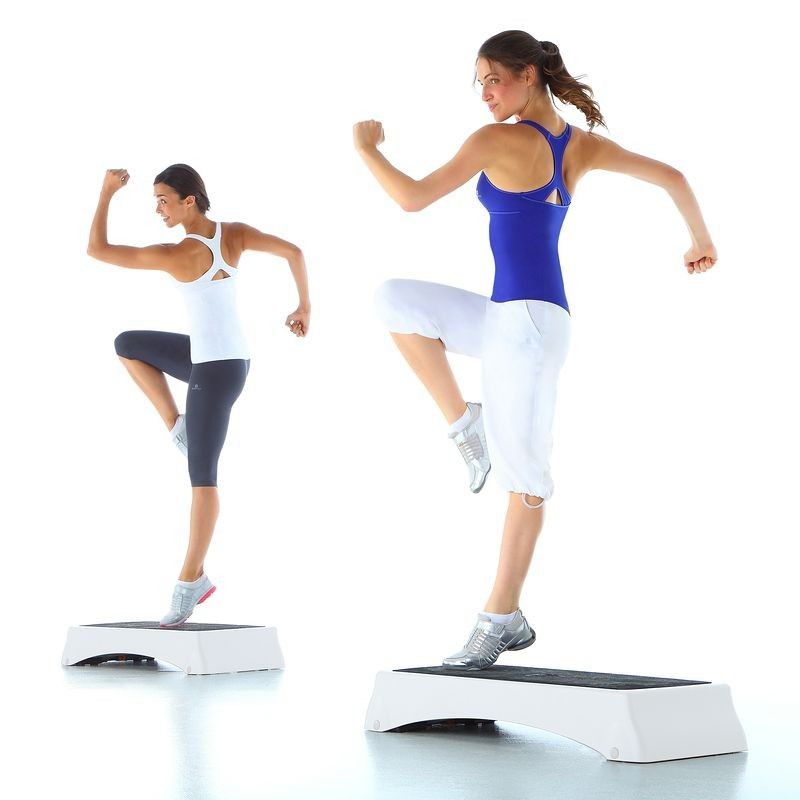
• Buy video tap dance course.
• Find a tap dance choreographer.
It is not always necessary to choose one option for tap dancing. You can enroll in a dance school and buy a course of video lessons. Thus, you can learn to dance not only at one time, at school, but also at home, according to the course of video lessons.
Like many dances, tap dancing is performed to music. If you master the dance technique well, then you can perform tap dance without music. The rhythm that will be performed during the dance will be the melody of the tap dance itself.
Learning something new, correctly combining movements and improving skills, you can achieve a lot. You can watch video lessons on the Internet, both individually and the complexity of the compositions.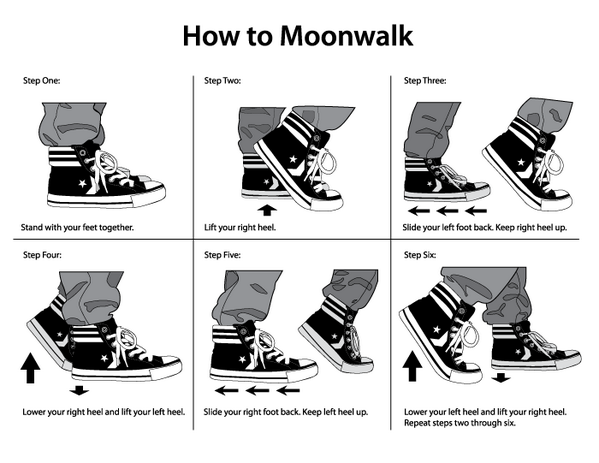 It is important not only to remember, but also to be able to exactly repeat the new dance movements.
It is important not only to remember, but also to be able to exactly repeat the new dance movements.
Previous articleWhen can a cat be spayed
Next articleHow to cook chicken borscht
MORE STORIES
Encyclopedia of dance: Tap or tap dance
Step, together with such genres as flamenco, folk tap dance, is a percussion (percussion - from the Latin language "tapping") type of dance.
Tap or tap dance is a lively and dynamic dance, the intricacy of which consists of rhythmic kicks on a hard surface to create sonorous fractional sounds
The purity and elegance of the tap technique, the virtuosic movements of the dancer's feet in harmony with the music create not only a spectacular dance, but also a unique auditory range, consisting of a variety of fractional sounds.
Characteristics of the dance
Tap is an American dance, but in a slightly modified form it has been developed in Europe.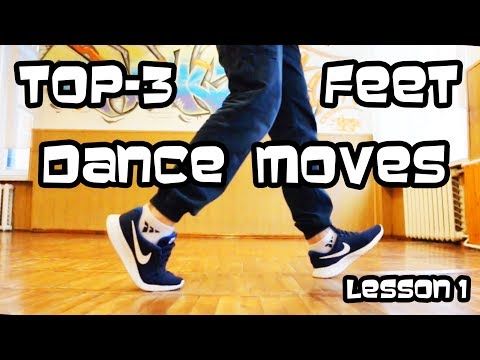 The main feature of American tap dance, which is called jazz, is free movement, which makes the dance very graceful and smooth. The European style of tap dance is more like an Irish or English dance, which is danced in wooden shoes (country tap dance). The movements of this style are more springy, but the body of the dancers remains motionless. Whichever style you choose, the main feature of this dance is that the performers always improvise, expressing their mood through dance.
The main feature of American tap dance, which is called jazz, is free movement, which makes the dance very graceful and smooth. The European style of tap dance is more like an Irish or English dance, which is danced in wooden shoes (country tap dance). The movements of this style are more springy, but the body of the dancers remains motionless. Whichever style you choose, the main feature of this dance is that the performers always improvise, expressing their mood through dance.
Interesting facts about tap dance
Foot dance has several names: tap dance, step dance, jig. Connoisseurs say that the true ancestors of tap dance are Irish jig and African dances with their characteristic syncopated rhythm, sliding and shuffling movements. Tap is a charismatic and free dance. Tap rhythms are very musical and very contagious! Hearing them, I want to jump up and tap something on my own. And this turns out to be difficult. Tapdance is quite complicated. Even simple elements are not obtained immediately.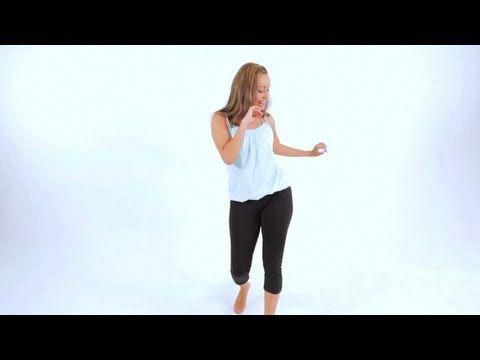 It is not enough to make the movement technically correct. You also need to do it very quickly and so that the heels clearly beat the rhythm. It will take a lot of effort to master it, but the result will pleasantly surprise you!
It is not enough to make the movement technically correct. You also need to do it very quickly and so that the heels clearly beat the rhythm. It will take a lot of effort to master it, but the result will pleasantly surprise you!
Tap dancers are not only dancers, but also musicians, where the musical instrument is the feet. Tapdance is a way of self-expression. Like jazz musicians in improvisation, dancers tap out the rhythm that their mood, heartbeat and rhythms of life tell them.
History of tap dance
“Step” is translated from English as a step, although the word “tep” (from English “knocking”) would be more typical for a dance with this name. Like tap dancing is a dance in the countries of the post-Soviet space.
Legends tell us amazing stories, where the birth of tap dance is associated either with the ancient Egyptian priests who, worshiping the god Ra, performed ritual dances on drums, kicking them, or with African musical and dance traditions, where the sound carried certain information.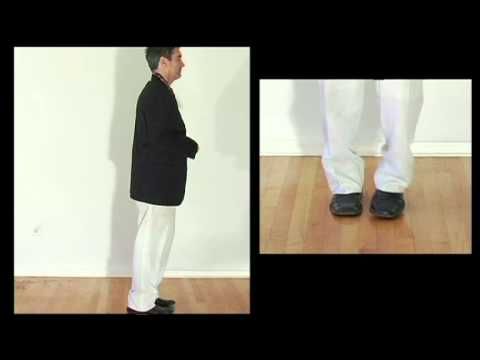
The most popular version says that the step has both European and African roots, which are intertwined on the American continent. Tap originated in America as a mixture of many cultures with similar dance moves, primarily from Irish and African traditions. The end of the 19th and the beginning of the 20th century is considered the time of the appearance of tap dancing and its gradual spread throughout the world.
The characteristic thud during the performance of the dance, which appears due to the percussive work of the feet, was first extracted with hard shoes on hard wooden surfaces, but over time, suitable objects were stuffed to amplify the sound: small coins, beer corks, metal staples. The real invention was the appearance of special metal heels.
There is a legend that in 1907 the step was first demonstrated by American dancers of African American origin in St. Petersburg. They were honored to speak at a reception at the Winter Palace. Features of the American tap dance were taken up by Russian dancers who had previously used Russian fractions and gypsy tap dancing.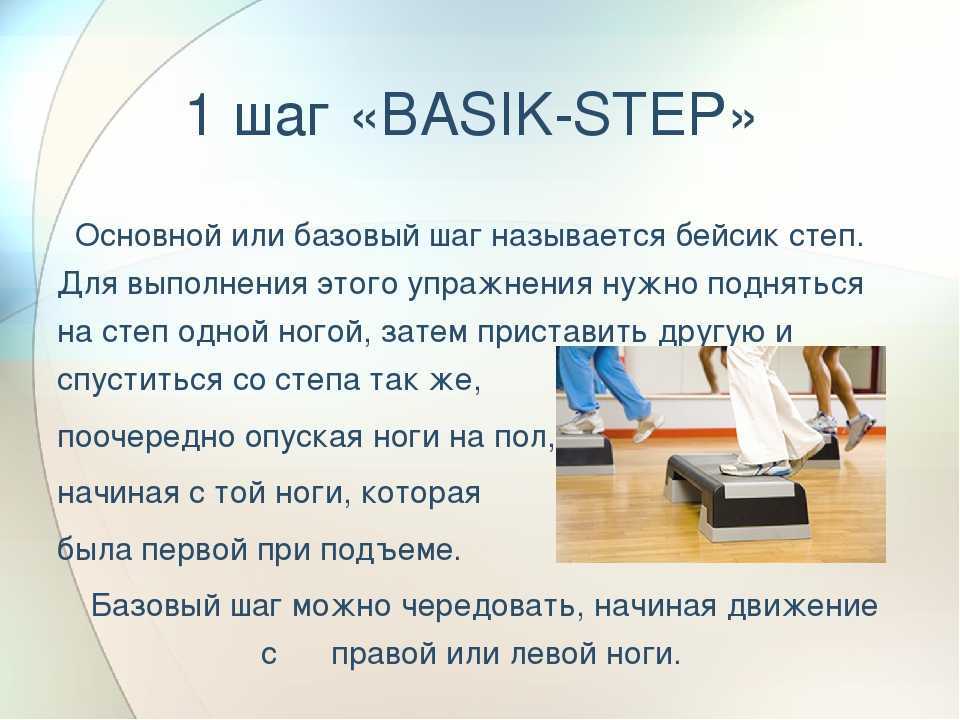
At the beginning of the 20th century, two directions appeared in the development of tap dance. One was associated with great speed and movement. The most popular dancers in this direction are Jimmy Doyle and Harland Dixon. The second trend was distinguished by its elegant and graceful manner, and its typical representative in those days was George Primerose.
In the 30s and 40s of the 20th century, tap dance owed its special popularity to Hollywood musicals. Attention was riveted to him also because clear rhythms became associated with technological progress, the sound of railways and cars.
It can be said that step grew and developed simultaneously with jazz, which expanded the melodic and rhythmic repertoire of this dance. The syncopated structure of jazz compositions was ideally combined with the movements of the step. Becoming a frequent guest of musicals, pop music and black-and-white cinema, tap confidently conquered the world.
Famous actors and dancers have enriched the step with elements from classical ballet and modern dance.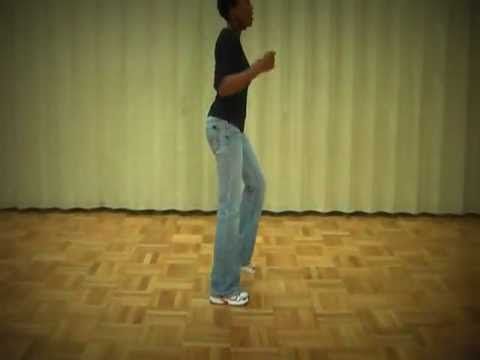
Even having lost special popularity in the 50s of the last century, the step was not forgotten. This is evidenced by the celebration of the International Tap Day on May 25.
Contemporary tap has certainly changed, but it still attracts attention in the dance scene. Over time, a new direction for amateur dance also appeared in Europe and America - something similar to aerobics only in combination with step.
Types of tap and their features
Tap is called the music of the feet, so it can be performed to various musical compositions and even without music at all.
Steps and kicks are traditionally named in English. All steps can be combined in one setting, or performed as separate directions (types) of the step.
The most popular of them are:
- Acro-tap (acro-tap) Alternating tap-dancing combinations and acrobatic stunts.
- Ballet tap, classical tap Introduction of ballet movements to tap rhythms.
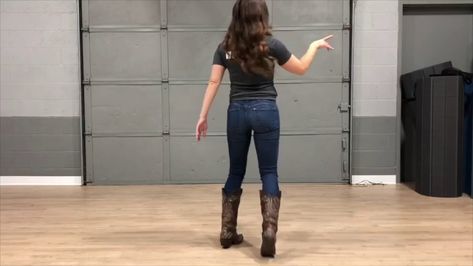
- Cane tap The cane is used in the dance for both stage performance and tapping in combination with foot rhythms.
- Tap dance, tap (tap-dance) Clear rhythmic patterns that are created by tapping with the foot, heel and toe.
Basic tap movements
Single hits
Tar Ten - touch, hit, simple single hit, which is made with the ball of the foot, the weight of the body rests on the supporting leg;
Step-ball, step-ball - a simple single step, performed with one foot, while transferring body weight, the heel does not touch the floor. Can be performed with a step in place, to the side, back, forward;
Clap
Snap - snap fingers;
Stomp - simple single sound, played by touching the entire sole to the floor, weight on the supporting leg;
Stamp - simple single sound, reproduced by the entire sole, the weight is transferred to the striking foot;
Brash - a simple single blow, performed with the foot swinging forward, the heel does not touch the floor. After the movement, the leg remains raised, weight on the supporting leg;
After the movement, the leg remains raised, weight on the supporting leg;
Spank, brush back - brush back, slap - the same blow, only performed back;
Scuff - a simple single kick, with the heel touching the floor as the foot goes forward. After the impact, the leg does not fall to the floor;
Heel - a simple blow, the sound comes from the heel, which is lowered to the floor;
Toe - simple kick, toe on the floor, weight on the supporting leg;
Hop - a simple single hit, you need to jump on one leg and fall on the same leg;
Jump - a simple single sound, played by the ball of the foot while jumping from foot to foot;
Dig - push - a strong blow with the heel;
Pick up - raise the knee after performing the "broom" movement;
Lunge - lunge - a simple sound, reproduced with the whole foot, body weight is transferred to the bent leg;
Slide - slide the foot on the floor.
Double strikes
Slap - slap - the movement is performed as a flip.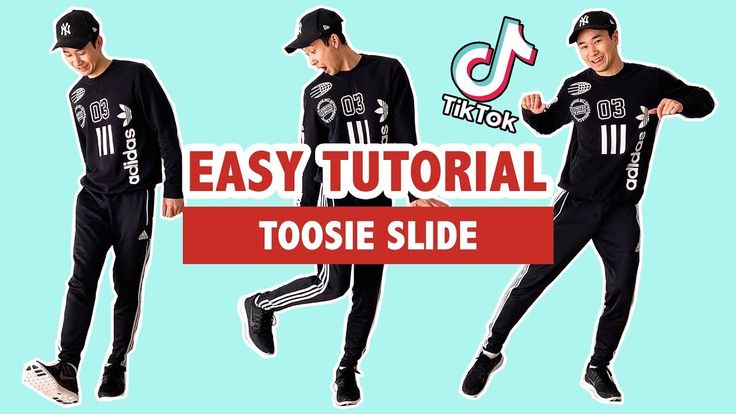 Only after the movement, the leg does not come off the floor;
Only after the movement, the leg does not come off the floor;
Shuffle - double shuffling occurs when the toe of the foot touches the floor. While the leg swings forward and then back - the front shuffle, to the side and to its original position - the side shuffle. Back - rear shuffle. After the movement is completed, the leg remains raised above the floor;
Scuffle - drag - the principle of movement is the same as that of the shuffle, first the toe touches the floor. Then the heel in the direction away from you, then the heel, and after it the toe towards you. The body is with all its weight on the supporting leg;
Click - click - hit with heels against each other or toes;
Flap - double blow clap, made by lightly touching the sock to the floor at that time. when the leg moves back;
Ball change - a double blow, which is made with the help of the pads of the feet, when one foot replaces the other;
Pull-back - a double kick that comes from the fact that the ball of the foot touches the floor, and then the performer lands on the same foot;
Chug - a glancing blow that comes from the fact that the ball of the foot touches the floor, while it seems to flinch and at the same time slide forward.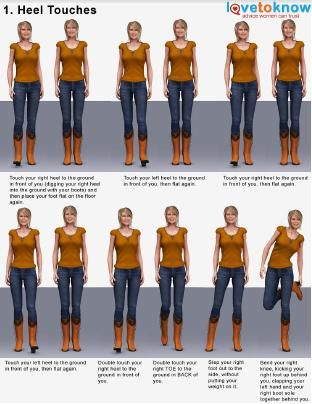 The heel of the same leg drops to the floor;
The heel of the same leg drops to the floor;
Double pull back - four strokes are made. The ball of the foot touches and brushes back, then the other foot does the same, then the feet land one after the other. This movement is performed while jumping back;
Wing - triple blow, made by touching the ball of the foot. When the leg swings away from itself, then towards itself and landing occurs on the ball of the foot. which was in motion. The body with all its weight remains on the supporting, other, leg;
Double wing - double wing described above, the movement is performed with both feet. The weight of the body is transferred to the leg that makes the movement;
Cramp roll - four strokes that are made by touching the pad to the floor of one foot, then the other, then the heels of one, then the other. The movement can be performed when moving to the sides, when rotating in place, in a circle. The first blow is executed in the direction of the leg movement;
Flap heel - triple blow - made by lightly touching the toe on the floor at that time.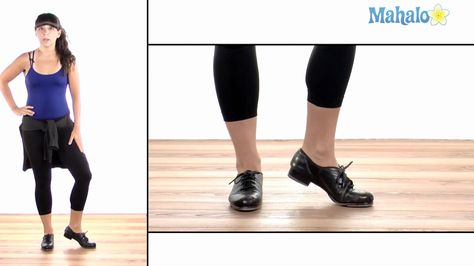 When the foot goes forward, then when the pad goes down, and then the heel;
When the foot goes forward, then when the pad goes down, and then the heel;
Step ball change - triple blow, performed when the performer steps on the ball of the foot and transfers the body to it, and then changes legs on half-toes;
Shuffle ball - four hits, made with the ball of the foot on the floor while swinging the leg forward and then back, then the ball of the same foot lands on the floor, the other leg repeats the same movement;
Walzclog - the movement is performed on ¾, "one" - step, "two, three" - shuffle ball chench with free foot.
Tap dancing continues to influence other dance styles and is likely to continue to influence the development of the entire American dance culture. Irish tap, made popular by the famous Riverdance show, is a derivative of American tap. Other dance styles that are associated with tap dancing are tap dancing, clogging, and hip hop. Tap was one of the first dances to be "brought" to the United States, and it had a great influence on the development of American dance culture.